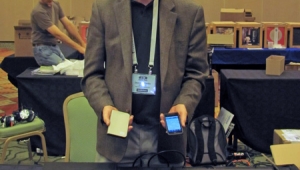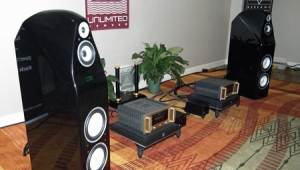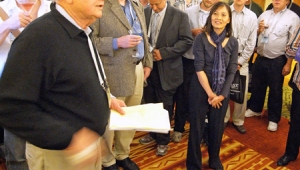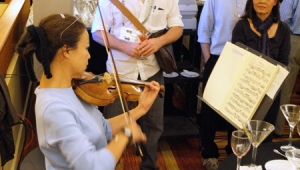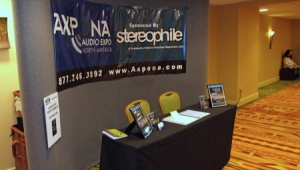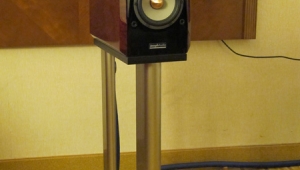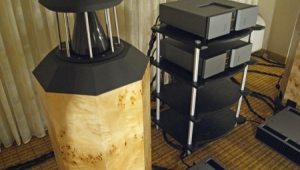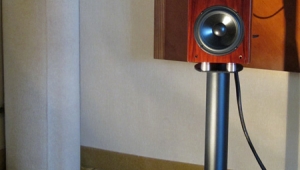| Columns Retired Columns & Blogs |
I'm a big believer in this type of isolation. You can, however, obtain the same functionality by putting your amp on a light, birch plywood board resting on an inner tube inflated just enough to hold the amp, preamp, TT, etc. off the shelf. In fact the inner tube may work better as it likely has a lower resonant frequency than the squash balls Gingko uses (expensive sqash balls, but squash balls nonetheless).



